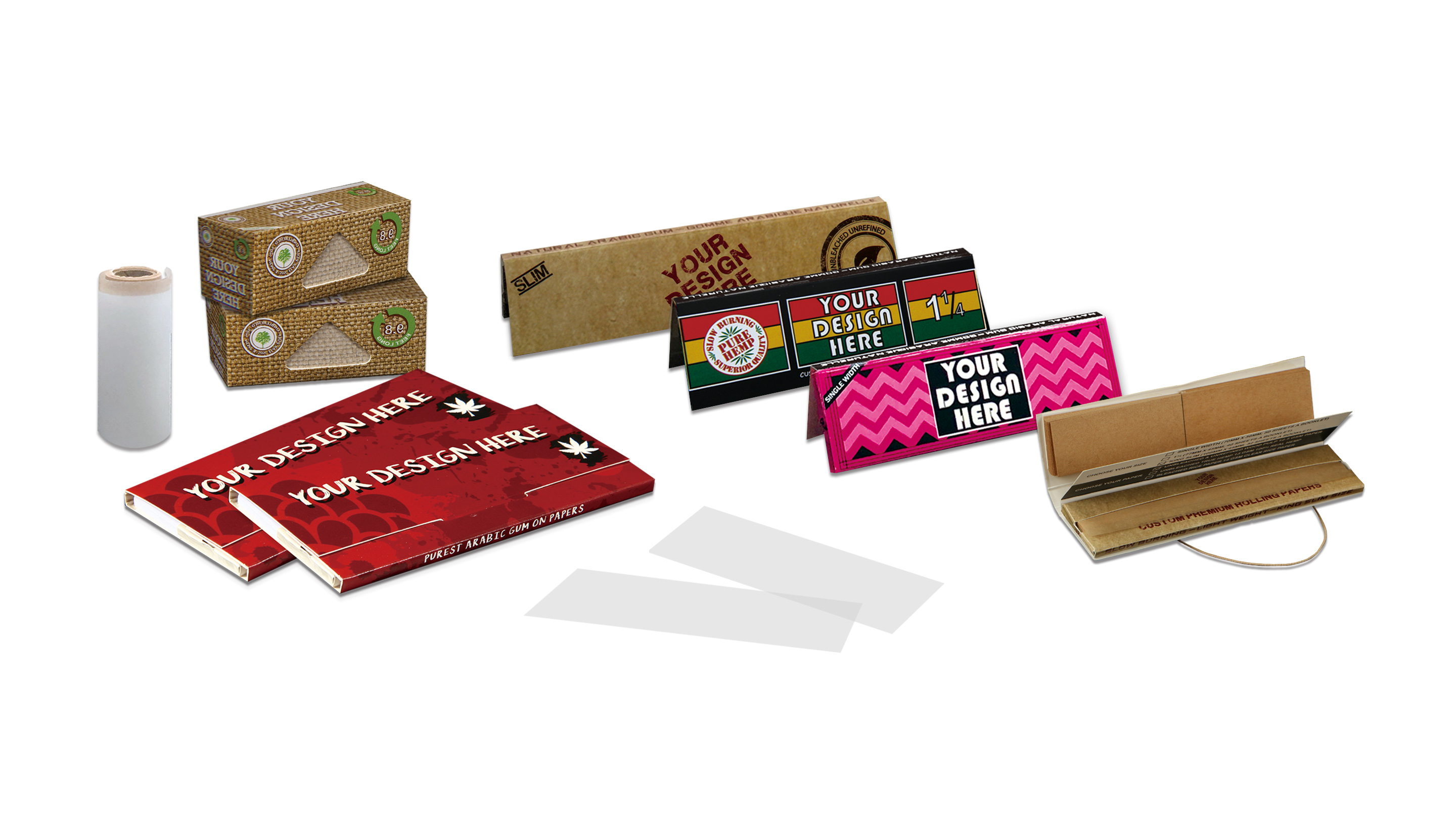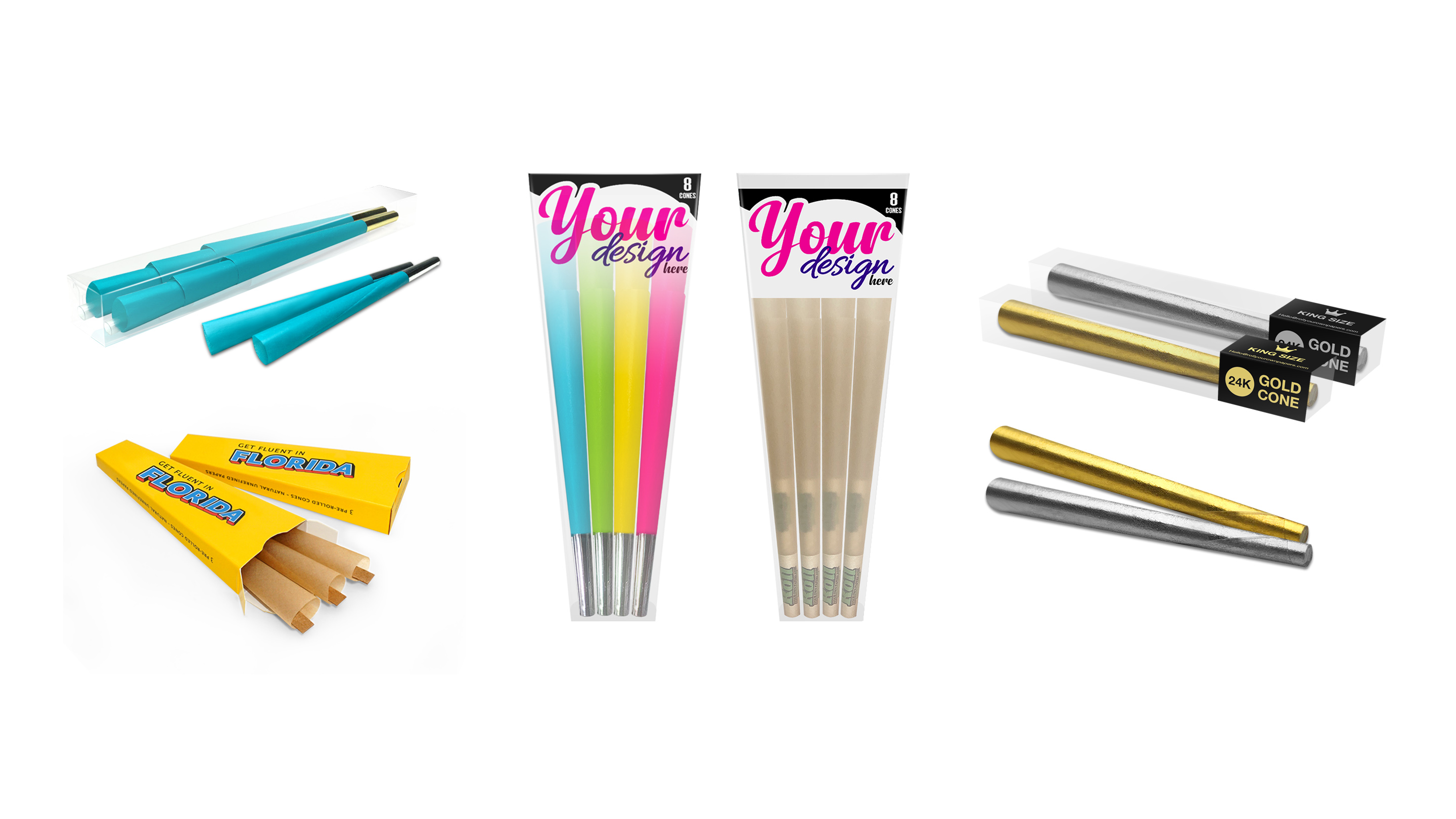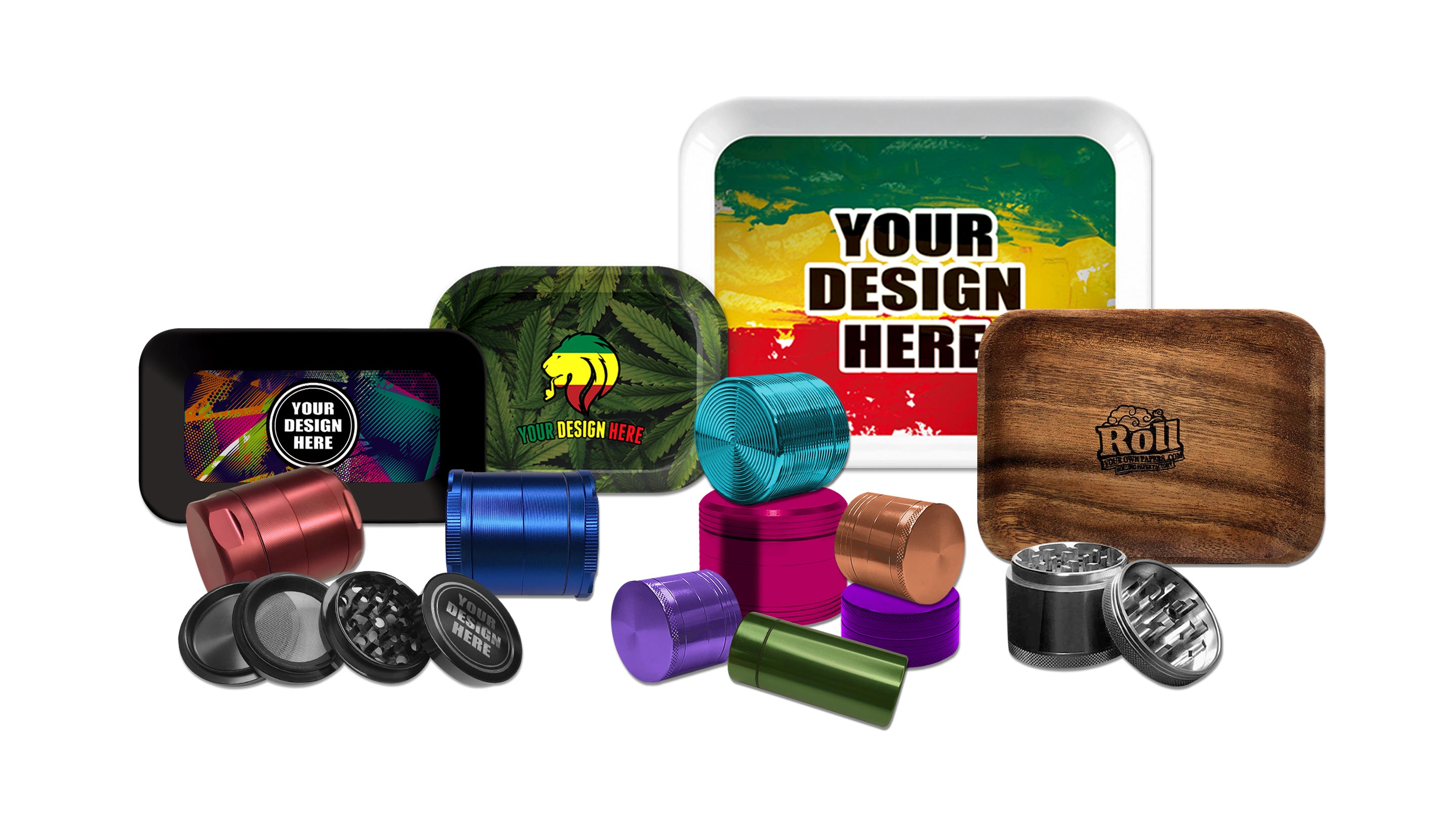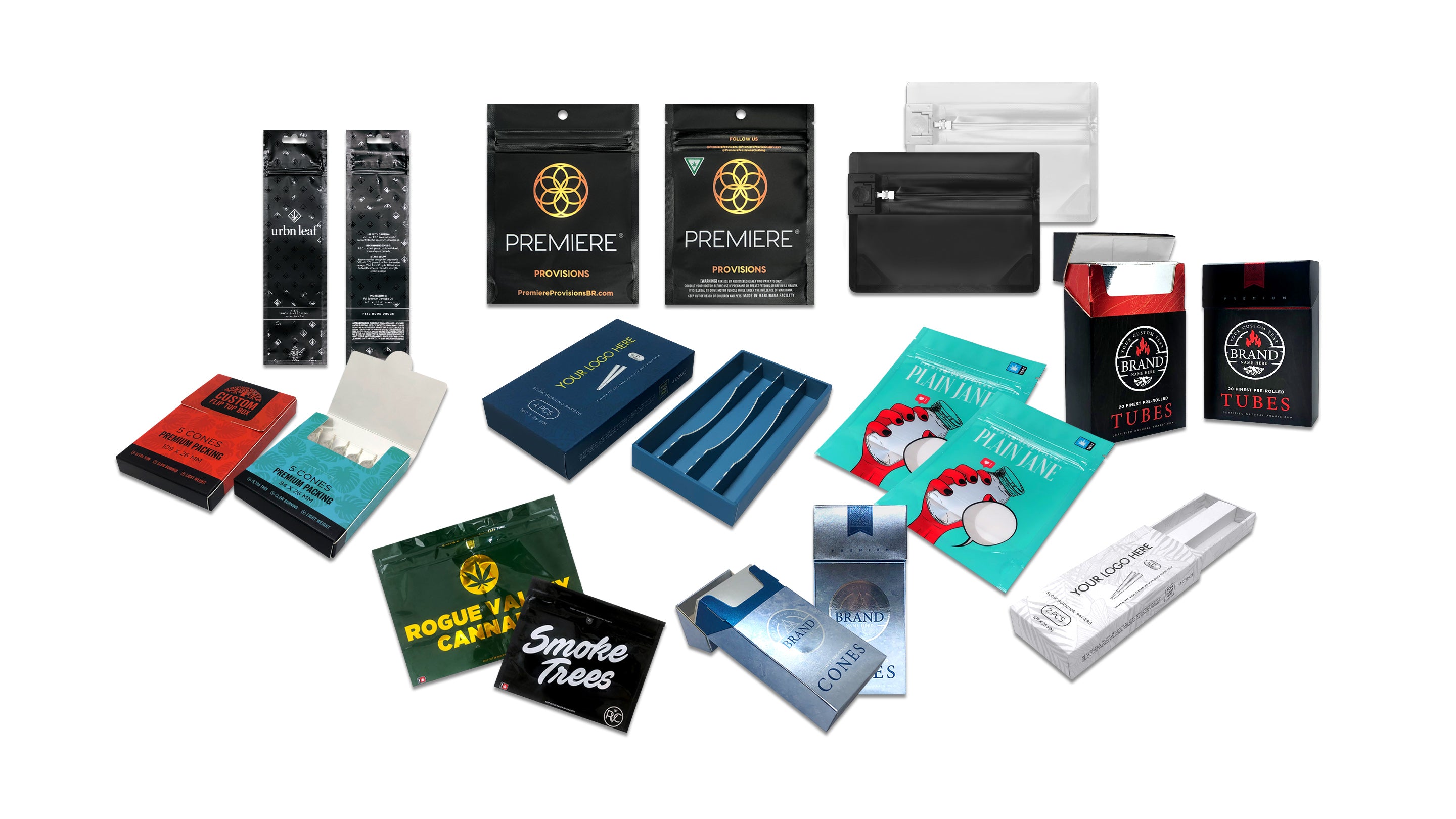When Was the Weed Grinder Invented? 1905 Origin & Modern Evolution 🔧

You’ve probably twisted a grinder a thousand times without wondering where weed grinders came from. This guide digs into the real story behind the question “when was the weed grinder invented,” then maps the design’s evolution, materials that matter, care tips, and how to choose a keeper—no fluff. 🔧✨
When Was the Weed Grinder Invented? (And How It Evolved Into Today’s Pocket Power Tool) 🧩
Quick Answer ✅
When was the weed grinder invented? The handheld, two-part “herb grinder” design we recognize today dates to 1905, when an Australian duo secured a U.S. patent describing a small case with interlocking teeth designed to disintegrate plant material. In short: 1905 is the milestone year most historians point to.
Where Did the Weed Grinder Come From? 🌿
Before dedicated weed grinders, people used mortar-and-pestle kits, hand shredding, or improvised kitchen tools. The breakthrough was a compact, palm-size device with two halves, each studded with teeth. Twist, twist—uniform grind. The core idea hasn’t changed much because it was simple, mechanical, and wildly effective.
Why 1905 Matters 🗺️
In 1905, a U.S. patent formalized the concept of a two-piece, toothed device that breaks down dry plant material inside a small container. The drawing looks strikingly familiar: two caps, interlocking teeth, a chamber—everything you expect from a modern pocket grinder. That’s why 1905 is the accepted “birthday” for the modern grinder.
Fun detail you’ll appreciate 😎
Even over a century later, the twist-to-grind motion and tooth pattern are still the backbone. The execution keeps getting smarter, but the original blueprint nailed the ergonomics.
A Fast Timeline ⏳
- Pre-1900s: Mortar & pestle, hand shredding, kitchen tools.
- 1905: The two-piece, toothed “herb grinder” concept is patented—an origin point for the pocket grinder we know today. 🎂
- Mid–late 20th century: Wood and plastic versions spread; metal grinders begin to appear for durability.
- Late 1990s: Precision CNC-machined aluminum grinders take off; features like press-fit magnets and tighter tolerances improve feel and retention.
- 2000s–2010s: Multi-chamber (3- and 4-piece) grinders get mainstream; screens separate ultra-fine pollen; knurling and improved tooth profiles boost grip and grind.
- 2020s: Stainless and titanium builds, low-friction coatings, modular screens, and tool-free maintenance hit the scene. 🔧
How Weed Grinders Evolved (Designs, Materials & Tech) ⚙️
Designs You See Today
- 2-piece: Teeth + teeth. No storage—pure simplicity. Great for quick prep.
- 3-piece: Teeth up top, storage below. Ground material drops through holes.
- 4-piece: Like 3-piece, but with a fine mesh that captures ultra-fine pollen in the bottom chamber. ✨
Weed Grinder Materials That Matter
- Wood: Beautiful and grippy; lighter duty.
- Polymer: Lightweight, budget-friendly; avoid high heat.
- Aluminum (CNC-machined): The modern standard—balanced, durable, precise. Anodizing increases surface hardness and wear resistance.
- Stainless / Titanium: Heavy-duty, ultra-durable, premium feel; resists cross-flavoring and wear.
Feature Upgrades Over Time
- Magnets to keep lids seated (and pocket lint out). 🧲
- Knurling for grip; rounded corners to reduce clumping.
- Replaceable screens with different mesh sizes to tune pollen yield.
- Low-friction coatings to fight stickiness and reduce break-in time.
Nerdy Deep Dive: Teeth Geometry, Screens & Magnets 🧲
Tooth Shapes & Why They Feel Different
Diamond teeth give a balanced cut—great for all-around grind. Scalloped / wave teeth can shear gently for fluffy results. Square pegs feel “chunkier” and can be easier to clean. What you feel as “buttery” is really a combo of tooth profile + tolerance + lubricity.
Tolerances & Torque
High-precision CNC grinders hold tight concentricity (think perfect circles aligning). That reduces scraping and random friction spikes, so you apply steady, comfortable torque instead of fighting sticky spots. Less chatter = smoother twist. ✨
Screen Mesh = Flavor Strategy
Mesh ratings typically range from roughly #60–#100 in consumer grinders. Finer screens catch more ultra-fine pollen; coarser screens pass more through. If you love bright, aromatic sessions, a slightly coarser screen can keep more of those delicate bits in your main chamber. If you’re building a stash of ultra-fine goodness, go finer. 🎯
Magnets: Little Parts, Big UX
Neodymium magnets (commonly N35–N52 grades) hold lids firmly without a threaded lock. Stronger grades resist accidental spills in bags. If your lid “snaps” satisfyingly, thank a magnet. 🧲💥
Watch & Learn: 3 Helpful Videos 🎥
1) How It’s Made—Inside a Modern Grinder Factory 🏭
Walk the shop floor and see CNC mills shaping bodies, teeth, and screens—perfect if you love behind-the-scenes engineering.
2) CNC Machining a Titanium Weed Grinder 🔩
Ever wondered why premium metal weed grinders feel so precise? This clip shows tight tolerances, toolpaths, and that satisfying post-machining sheen.
3) Clean Your Grinder in Minutes 🧽
Quick tutorial with simple tools—perfect for monthly upkeep so your twist stays smooth.
How to Pick a Weed Grinder That Feels Great in Hand ✋
- Feel the twist: It should start smooth and stay smooth—no gritty surprises.
- Check the teeth: Consistent profiles = consistent results. Look for clean machining (no burrs).
- Weight balance: Lighter for travel; heavier for anchored leverage.
- Magnet strength: Lids should snap closed confidently.
- Screen strategy: Swap or choose mesh that matches your preferences (#60–#100 is a useful range).
- Finish: Anodized aluminum or stainless resists wear and cross-flavoring.
Care & Cleaning Tips 🧼
- Tap & brush after use: Two taps + a soft brush keeps buildup away.
- Freeze for 20 minutes: Cold makes residue brittle—tap over paper to save the good stuff. ❄️
- Soak metal parts in isopropyl: Quick soak, gentle shake, rinse warm, dry fully. (Go mild and no soak for wood; warm soapy water for plastic.)
- Respect the screen: Brush gently from underneath to lift clogs instead of mashing them in.
- Thread love: If threads feel sandy, a tiny dab of food-safe mineral oil on a cotton swab helps—wipe excess.
A Weed Grinder You’ll Actually Love 💚
Ready for a buttery-smooth twist and ultra-consistent grind? Check out our weed grinders—precision-machined for a fluffy, even finish, strong magnet closure, and a dialed-in screen that balances yield and flavor. Built to be your daily driver for years. Shop the Weed Grinder and feel the difference. ✨
FAQ ❓
1) When was the weed grinder invented? 🗓️
The handheld toothed grinder traces to a 1905 U.S. patent—consider that the modern starting point.
2) Who invented it? 👤
Two innovators from Australia secured the patent credited with popularizing the pocket grinder design.
3) What’s the difference between 2-, 3-, and 4-piece grinders? 🧰
2-piece is the simplest. 3-piece adds a storage chamber. 4-piece adds a screen and a lower chamber for ultra-fine pollen.
4) Which material is best? 🪵🔩
Wood and polymer are lightweight and affordable; aluminum (anodized), stainless, and titanium offer durability and precision.
5) What mesh screen should I choose? 🕸️
#60–#100 are common ranges. Finer mesh = more ultra-fine pollen; coarser mesh keeps more aromatics in the main chamber.
6) How often should I clean my grinder? 🧽
Tap-and-brush after every use; deeper clean every 30–60 days (or sooner if you notice resistance).
7) What size grinder should I buy? 📏
2.0–2.5″ is a versatile everyday size; smaller for pocket carry and larger for batch prep.














Leave a comment